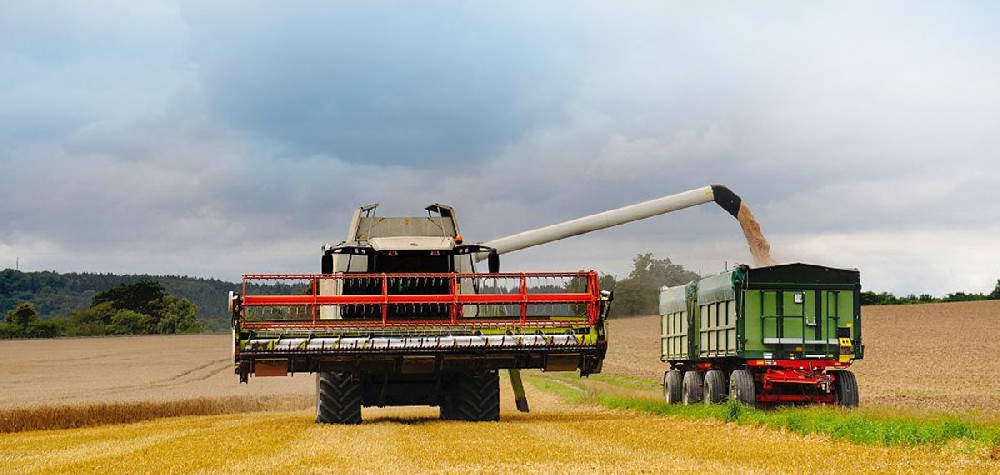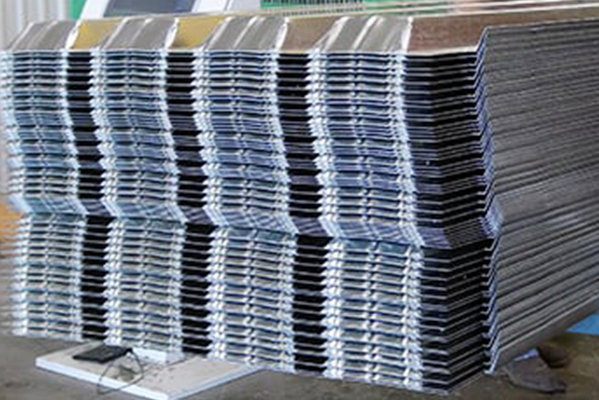Navigation Menu
Contact Us
- Email:
- info@wxavatar.com
- Address:
- Yurong Village, Yuqi Street, Huishan District, Wuxi, China.
Release Date:May 31, 2025 Visit:45 Source:Roll Forming Machine Factory
Panel line stackers play an important role in modern manufacturing operations, particularly in industries that handle flat panel materials such as glass, metal, or composite sheets. These specialized material handling systems help optimize production flow and improve operational efficiency. When selecting the right panel line stacker for a manufacturing facility, several key factors should be carefully evaluated to ensure optimal performance and return on investment.

Production Requirements and Specifications
The first consideration should be the specific production needs of the facility:
Material characteristics: Assess the size, weight, thickness, and surface properties of the panels being handled
Throughput capacity: Determine the required stacking speed and volume to meet production targets
Stack configuration: Consider the needed stack height, orientation, and pattern for downstream processes
Integration requirements: Evaluate how the stacker will interface with existing production equipment
Operational Environment Factors
The physical conditions of the manufacturing environment significantly impact stacker selection:
Available floor space: Measure the installation area and clearance requirements
Ceiling height: Ensure adequate vertical space for stacking operations
Floor conditions: Assess load-bearing capacity and surface evenness
Ambient conditions: Consider temperature, humidity, and potential exposure to dust or other particulates
Technical Specifications and Performance
Key technical aspects to examine include:
Load capacity: Verify the stacker can handle maximum anticipated weights
Precision and repeatability: Check positioning accuracy for consistent stacking
Speed parameters: Confirm cycle times align with production rates
Control systems: Evaluate the sophistication of automation and programmability
Reliability and Maintenance Considerations
To minimize downtime and ensure consistent operation:
Component quality: Examine the durability of critical mechanical parts
Maintenance requirements: Assess ease of access for servicing and part replacement
Manufacturer support: Consider availability of technical assistance and spare parts
Failure rates: Review reliability data from existing users when available
Safety Features
Proper safety systems are essential for protecting workers and equipment:
Emergency stop functions: Verify multiple accessible stopping mechanisms
Operator protection: Check for adequate guarding and safety sensors
Load stability systems: Ensure features to prevent accidental shifting or dropping
Compliance certifications: Confirm adherence to relevant industry safety standards
Cost and Value Analysis
A comprehensive financial evaluation should include:
Initial investment: Compare purchase prices among qualified options
Installation expenses: Factor in any required facility modifications
Operating costs: Estimate energy consumption and routine maintenance
Lifecycle value: Consider expected service life and potential for upgrades

Conclusion
Selecting the appropriate panel line stacker requires careful analysis of multiple operational, technical, and financial factors. By thoroughly evaluating production needs, environmental conditions, performance specifications, reliability, safety systems, and cost considerations, manufacturers can make informed decisions that support efficient material handling and contribute to overall production success. A well-chosen stacker solution can provide long-term benefits to manufacturing operations when properly matched to application requirements.